
 摘要
摘要Acupuncture has been used for centuries to heal the body; it is essential to comprehend the mechanism of acupuncture within the modern medical framework. By far much research provided a modern scientific understanding of how acupuncture works, most of them indicated that nervous system is involved. However, few studies have been conducted on how acupuncture trigger the nervous system. When the thin needle inserts the acupoint, the mechanical stress generated by acupuncture is the key factor of acupuncture effect. The first peripheral receptors activated in this process are mechanoreceptors, which are sensitive to mechanical forces. The purpose of this review is to explore the connection between the mechanoreceptors located in the skin and subcutaneous tissues and the acupuncture therapy. It also attempts to clue the possible roles of mechanoreceptors in the skin surface and subcutaneous tissue during the acupuncture manipulation and electroacupuncture.
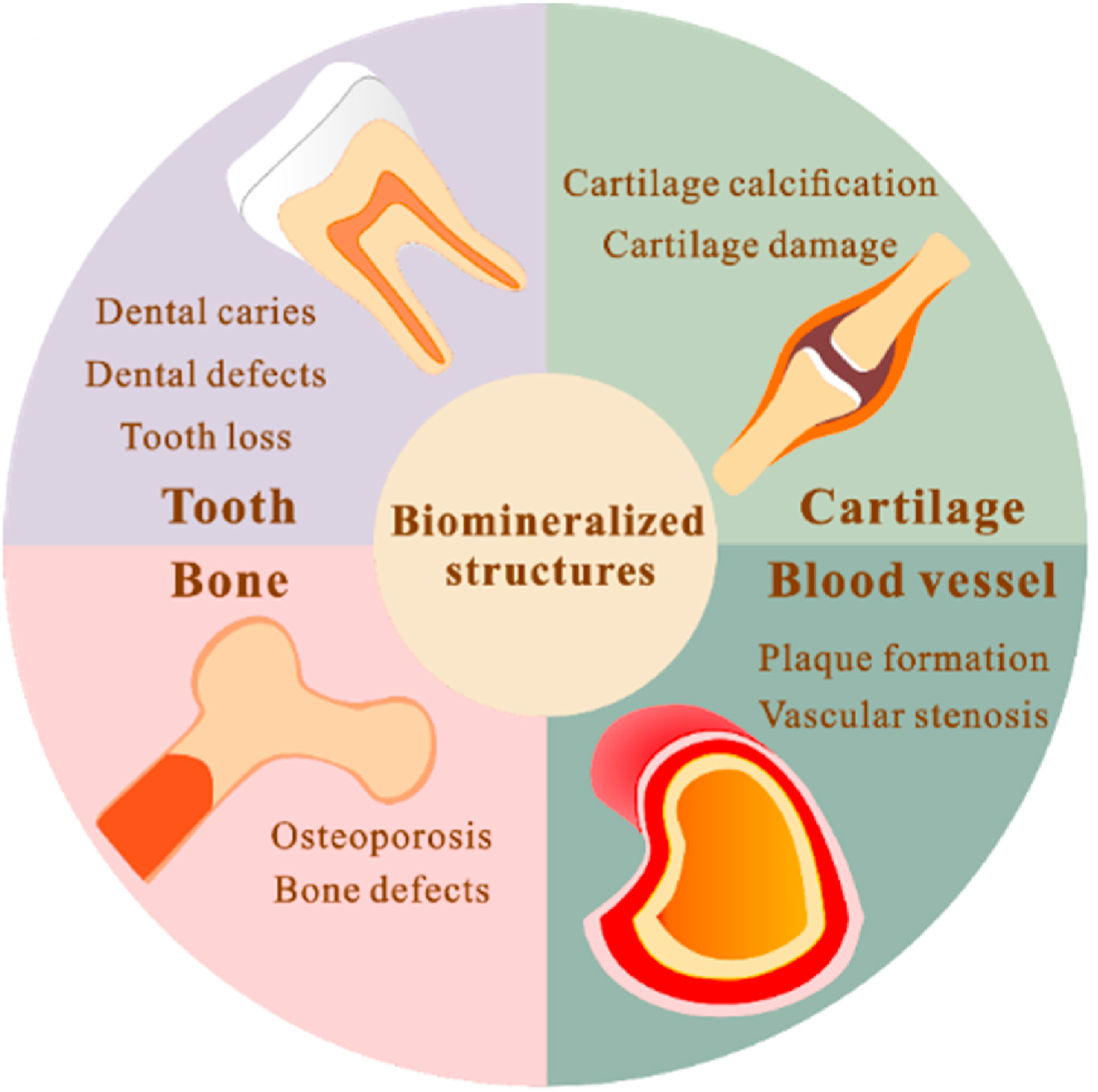
 摘要
摘要As the quality of life improves, people pay more and more attention to health. They are concerned about the causes of diseases, and seek better treatments. The most common diseases are biomineralized diseases, four different kinds of typical examples among which are selected to elaborate their mechanisms and existing treatments. Whether it is tooth and bone in physiological mineralization or cartilage and blood vessel in pathological mineralization, they are all related to matrix vesicle (MV)-mediated biomineralization. MV-mediated biomineralization is the initial stage of biomineralization and the nucleation site mediating collagen mineralization. Definition, composition, biogenesis, and action mechanism of MVs are refined and expounded, especially a novel biomineralization pathway similar to exosome (EX) origin. Four differences are summarized to distinguish MVs and EXs.

 摘要
摘要Image super-resolution (SR) is one of the classic computer vision tasks. This paper proposes a super-resolution network based on adaptive frequency component upsampling, named SR-AFU. The network is composed of multiple cascaded dilated convolution residual blocks (CDCRB) to extract multi-resolution features representing image semantics, and multiple multi-size convolutional upsampling blocks (MCUB) to adaptively upsample different frequency components using CDCRB features. The paper also defines a new loss function based on the discrete wavelet transform, making the reconstructed SR images closer to human perception. Experiments on the benchmark datasets show that SR-AFU has higher peak signal to noise ratio (PSNR), significantly faster training speed and more realistic visual effects compared with the existing methods.

 摘要
摘要Unsupervised text simplification has attracted much attention due to the scarcity of high-quality parallel text simplification corpora. Recent an unsupervised statistical text simplification based on phrase-based machine translation system (UnsupPBMT) achieved good performance, which initializes the phrase tables using the similar words obtained by word embedding modeling. Since word embedding modeling only considers the relevance between words, the phrase table in UnsupPBMT contains a lot of dissimilar words. In this paper, we propose an unsupervised statistical text simplification using pre-trained language modeling BERT for initialization. Specifically, we use BERT as a general linguistic knowledge base for predicting similar words. Experimental results show that our method outperforms the state-of-the-art unsupervised text simplification methods on three benchmarks, even outperforms some supervised baselines.
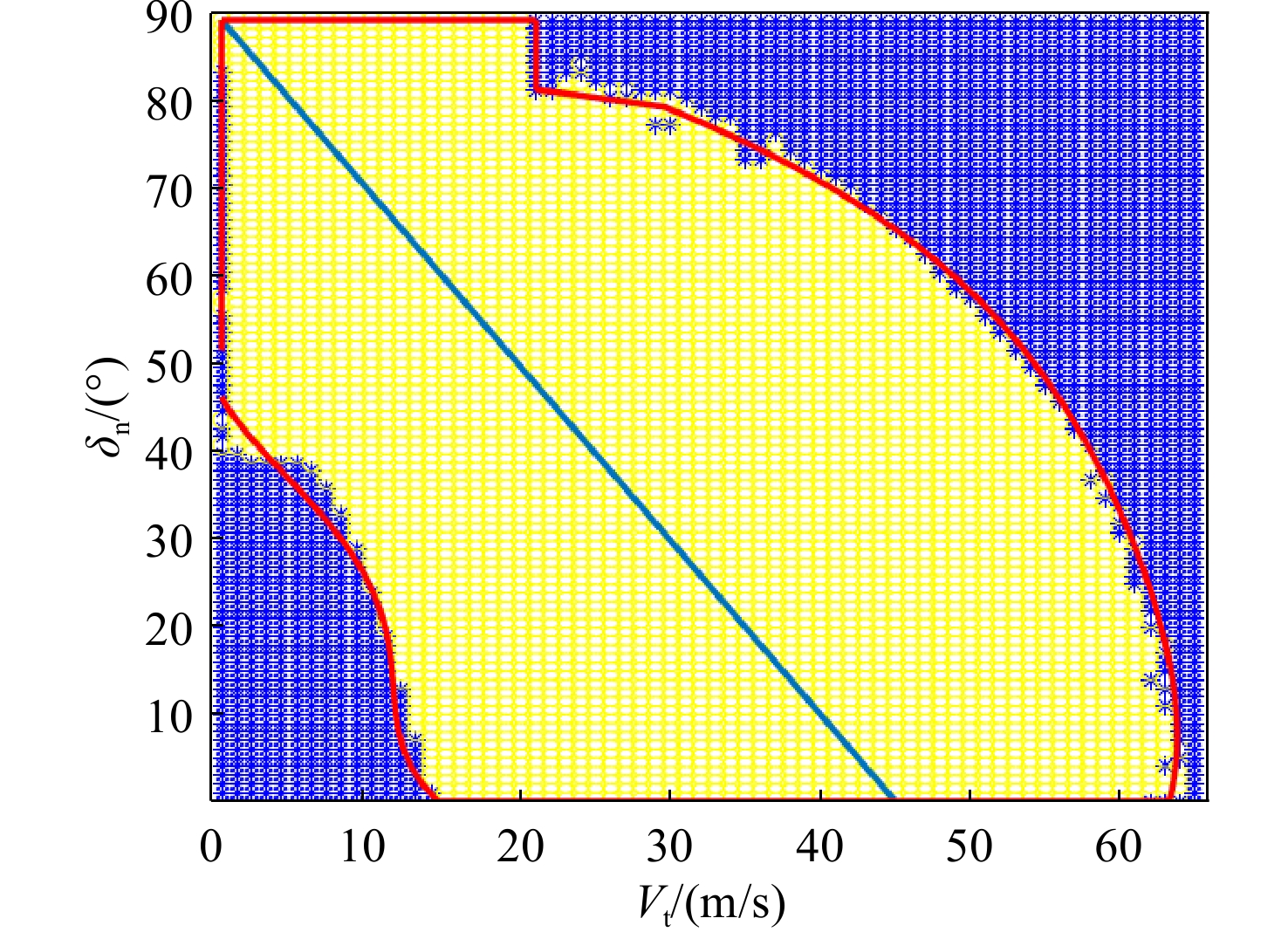
 摘要
摘要針對推力矢量型垂直/短距起降(vertical/short takeoff and landing, V/STOL)飛行器的動態過渡過程模型,綜合考慮過渡走廊限製🐩、操縱冗余及不同起降任務需求指標,研究最優過渡操縱策略。考慮V/STOL 飛行器的噴射氣流效應,對飛行器進行全量動力學建模🧑🏻🍳。利用可達平衡集方法👩🍳,建立通用過渡走廊計算框架。設計了能夠在V/STOL過渡段和高速飛行間平穩過渡的操縱方式🧯。將推力矢量飛行器的動態傾轉過渡過程轉化為非線性動態最優控製問題👨🏿🔬,根據不同起降任務特點建立合理的指標和約束😱,采用直接轉換法和序列二次規劃算法進行求解🫲🏿,得出不同任務特點下的最優操縱策略與過渡過程🕉⛹🏻。采用可達平衡集計算過渡走廊的方法🍌🤷🏻♀️,不僅不受飛行器類型的限製👯♀️,更簡化了構造過程,具有良好的通用性與魯棒性。以光滑過渡為目標的優化結果使得飛行員在飛行器過渡過程中的操縱量變化大幅減小,從而使得飛行員能更加專註於對飛行器運動的操縱;以距離更短為目標的優化結果則使得降落過程的飛行距離縮短了30%左右🔔🦧。從操縱策略出發的優化結果使得駕駛員能夠更好掌握操縱關註點及邊界,增加了整個動態過渡過程的安全性。

 摘要
摘要針對離散孔式超聲速平板氣膜冷卻🈴,在主流區引入楔角形成激波環境🩴,以研究激波與超聲速氣膜之間的相互作用。通過計算楔角在0°、15°↙️、20°和25°產生的四種激波強度下,超聲速氣膜與高溫壁面的耦合傳熱💠🤘🏼。所得結果表明:適當強度的激波能夠抑製氣膜入射後產生的反向渦旋對,降低主流對氣膜的卷吸,增大壁面平均H2摩爾分數並降低壁面溫度。對金屬層溫度場的分析表明,壁面冷卻效果隨著激波角的增加而先增加後降低,其中楔角為20°時的流場結構最有利於壁面溫度保護。小楔角生成的激波在低冷流馬赫數下對冷卻效果的改善更明顯🏈,大楔角則在高冷流馬赫數下更明顯,熱障塗層(TBC)不影響這種變化趨勢;激波的存在削弱了TBC的影響範圍。可以揭示超聲速氣膜在耦合傳熱條件下的傳熱機理,為超聲速氣膜冷卻的設計提供參考🖇,或為現有超聲速氣膜冷卻結構的優化提供依據。
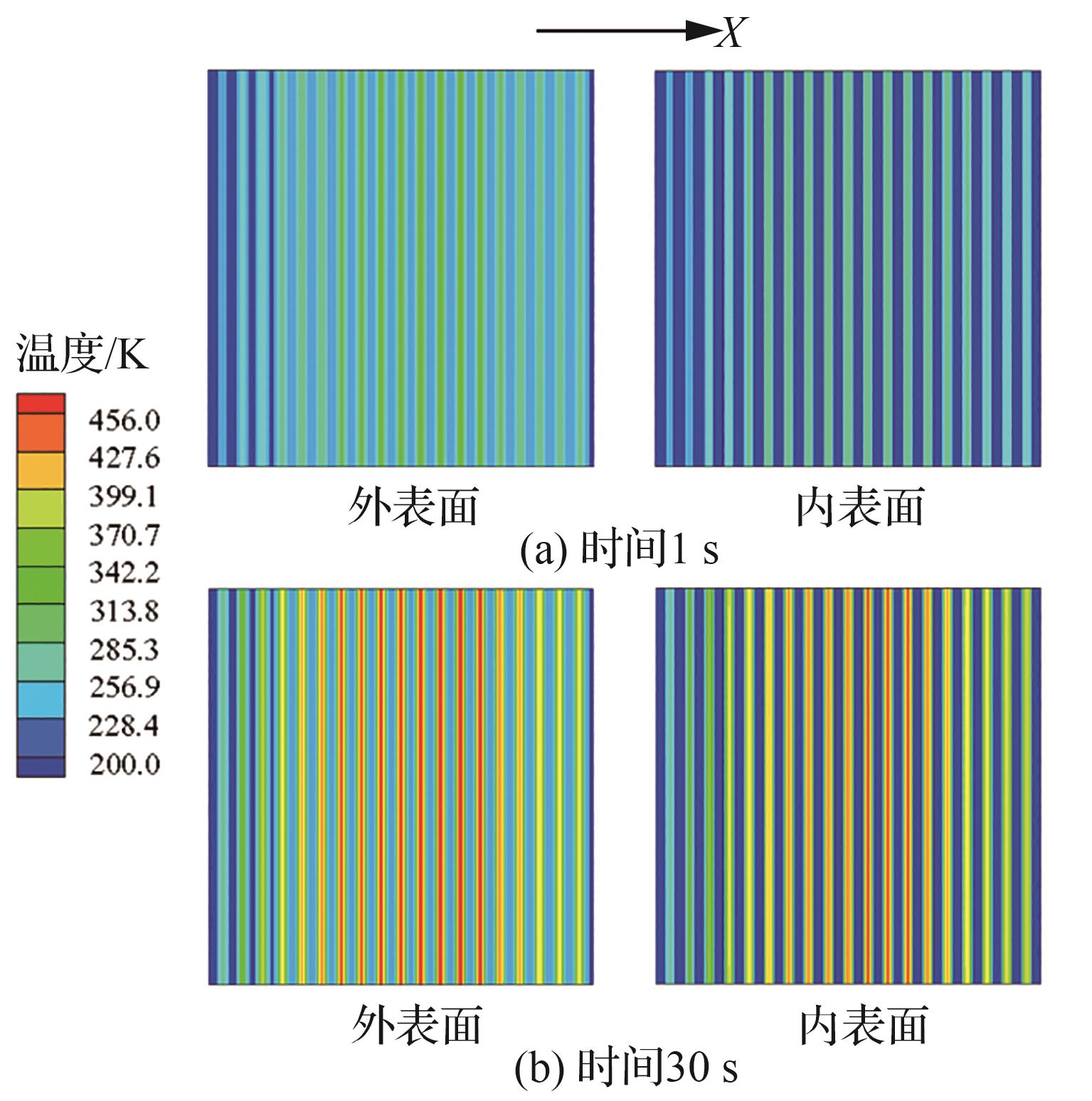
 摘要
摘要針對高超聲速巡航類飛行器面臨的復雜流動下的熱氣動彈性問題,發展了一種時變熱模態適用的非定常氣動力降階模型,建立了基於流-熱-固時空耦合分析策略的熱氣動彈性分析方法,對高超聲速飛行器前體進氣壓縮面進行了實際飛行加熱過程的時變顫振分析🕺🏻。結果表明,在局部高熱流載荷下,壓縮面固有模態頻率和振型隨時間發生了大幅度變化👨👦,而所建方法能夠適應上述變化,在獲得高置信度非定常廣義氣動力的同時,避免了重復性的非定常氣動力數值計算👲🏽,可將熱顫振分析中的氣動力計算效率提升若幹量級;此外,在達到熱平衡後,進氣壓縮面的顫振動壓降為初始時刻的0.64%,使得飛行包線大幅收窄。相關方法有效緩和了熱氣動彈性分析效率與精度的矛盾🧑🏼🎤👩🏼🦰,提升了熱氣動彈性問題的工程分析能力。
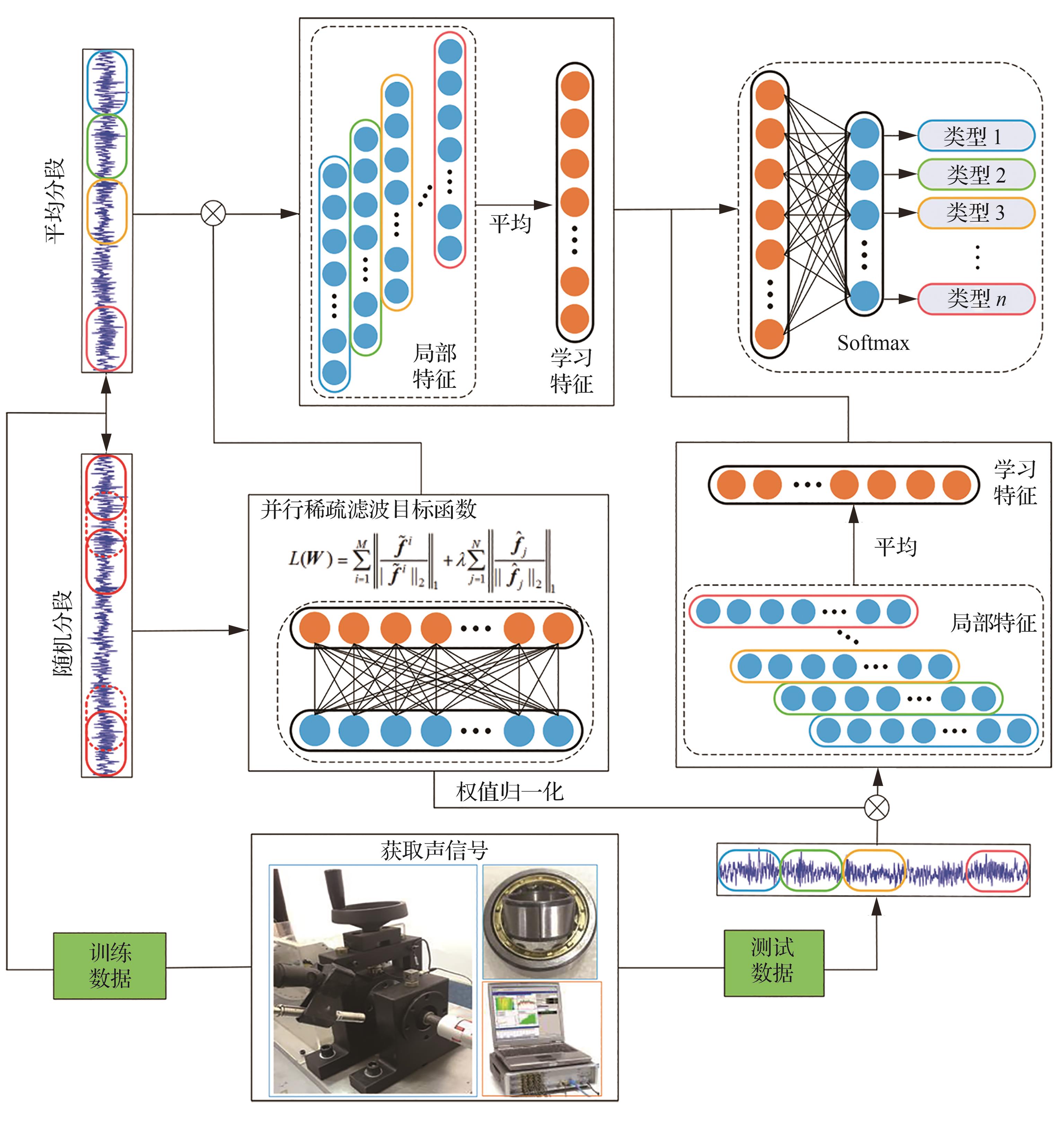
 摘要
摘要振動信號是航空發動機故障監測的常用信號。由於航空發動機結構復雜🫲🏼🧖🏿♀️,對振動傳感器的布置要求日益嚴格🛺👨👨👦。聲學信號以其非接觸式🫖、易布置🦹🏼、低成本的優點,在軸承智能故障診斷中引起了廣泛的關註。然而,由於航空發動機內聲信號所處的環境噪聲較強🌭,傳統的軸承故障診斷方法無法實現精確的特征提取。為此🧝🏿♂️,研究有效的特征提取方法實現軸承聲信號下的智能故障診斷顯得尤為重要。稀疏表示是智能故障診斷中的一個研究熱點,在稀疏特征提取方面顯示出強大的力量。對強噪聲下的聲信號進行有效的稀疏特征提取,可為軸承的非接觸式故障診斷提供解決路徑🏃♂️➡️。提出一種基於並行稀疏濾波的軸承故障診斷方法💙,能夠實現對軸承聲信號的稀疏特征提取。並行稀疏濾波通過在傳統稀疏濾波的基礎上增加另一個歸一化方向來實現進一步的稀疏特征提取,然後采用權值歸一化方法約束訓練得到的權值矩陣。最後👷♀️,通過仿真和實驗數據驗證了所提方法的優越性👸。結果表明👩🏿🎤👨🏿🦲,並行稀疏濾波能夠實現軸承聲信號的有效稀疏特征提取和精準分類,可用於聲學信號下的軸承智能故障診斷。

 摘要
摘要為驗證基於絲束曲線鋪放的變剛度設計在改善典型航空結構屈曲性能中的應用潛力🤹🏽,設計並製造了變剛度復合材料平板和開孔板試件🙅。通過應變片和非接觸式三維光學測量系統💭,全面地測量了試件受單軸壓縮載荷過程中的面外位移和載荷方向應變。試驗結果表明🧔♂️:變剛度平板和開孔板較同構型直線鋪層試件屈曲載荷分別提升53.4%和46.6%𓀕;試件力學響應相似,均為線性加載至屈曲載荷後剛度大幅折減👨🏻🔬,變剛度試件後屈曲階段呈近似線性🧙♂️,而直線鋪層試件則連續變化。根據試驗方案細化了數值模型🏋🏿♂️🦸🏽♂️,屈曲載荷🤲🏿🎤、面外位移及應變的計算結果與試驗結果基本吻合。在此基礎上🚲,提取了數值模型中的剛度分布和加載截面載荷分布,闡明了變剛度設計的抗屈曲機製。對於本文試件,采用變剛度設計還可顯著提高破壞載荷,並降低側邊載荷,緩解應力集中🩱。
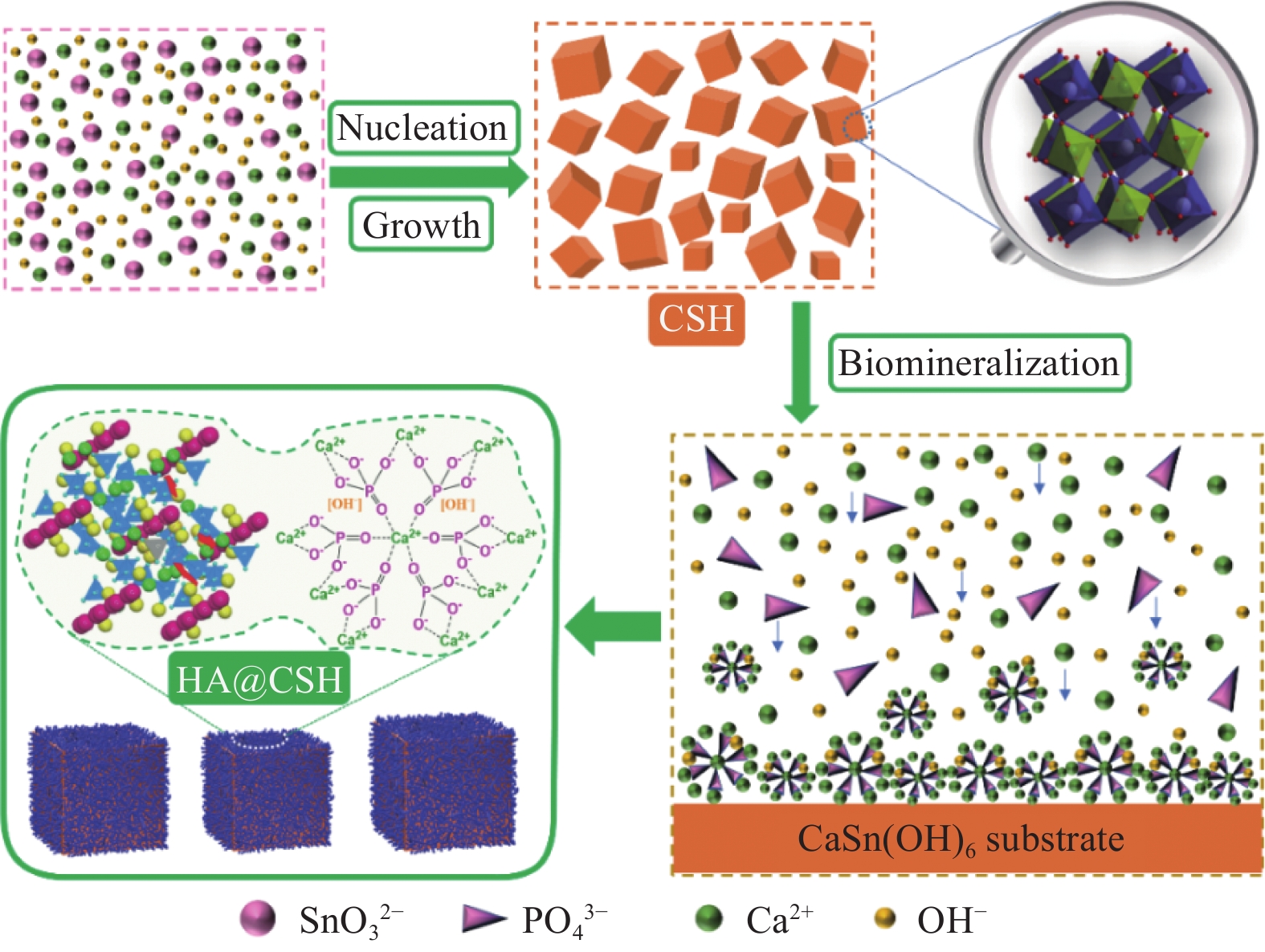
 摘要
摘要羥基錫酸鹽是近些年來人們日益關註的新型阻燃劑。本研究從阻燃設計入手,通過化學共沉澱法合成了亞微米級羥基錫酸鈣立方體(CSH)𓀉,並通過高倍模擬體液法原位快速包覆羥基磷灰石(HA)🤷🏻,得到羥基磷灰石/羥基錫酸鈣(CSH@HA)復合微納米阻燃劑,並應用於軟質PVC的阻燃研究🏩。研究結果表明CSH@HA對PVC展現出優異的阻燃效果🧝🏿♀️。極少量的CSH@HA即能顯著提高PVC的極限氧指數,降低PVC燃燒時的熱釋放速率✏️、熱釋放量、煙釋放量和CO排放量🤶🏽。CSH@HA在PVC降解過程中通過與HCl反應,保護內層CSH,將PVC轉化為更為穩定的炭層結構✍🏽🏭。低填充量CSH@HA還在保持PVC的力學性能的同時提升材料的韌性💩🌤。本文得到的羥基磷灰石/羥基錫酸鈣復合阻燃劑為高效環保阻燃劑的開發提供了思路。